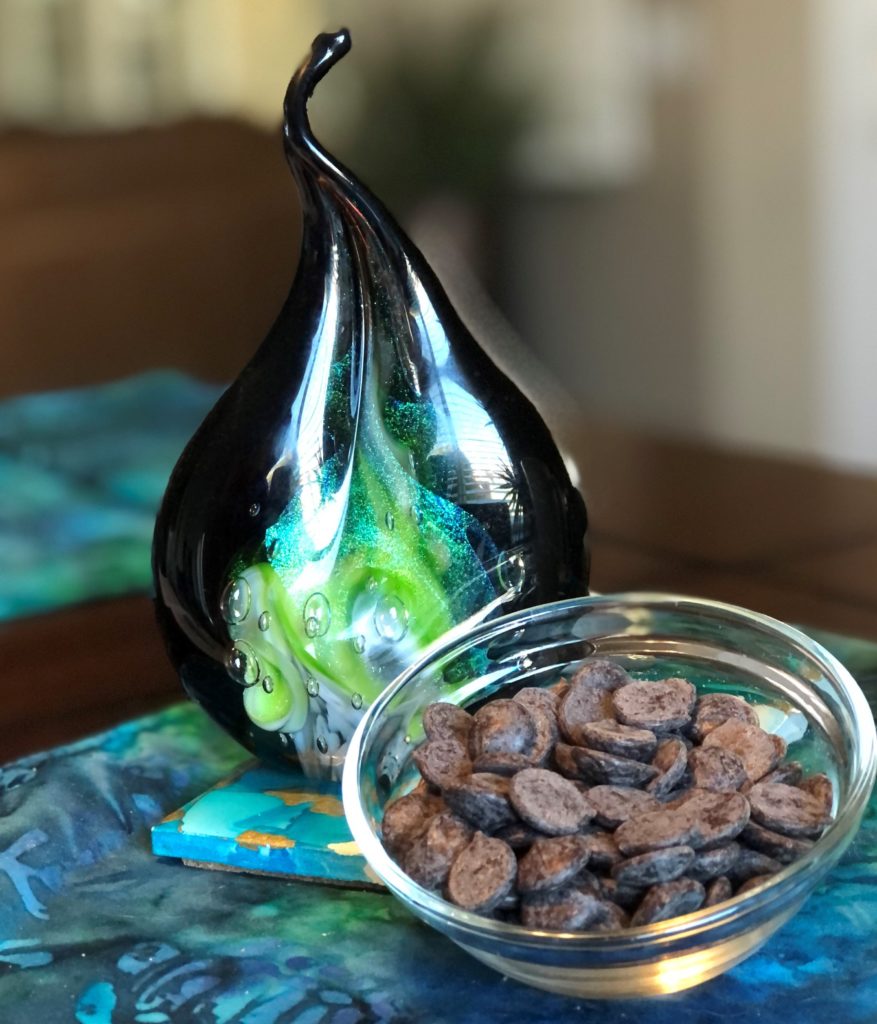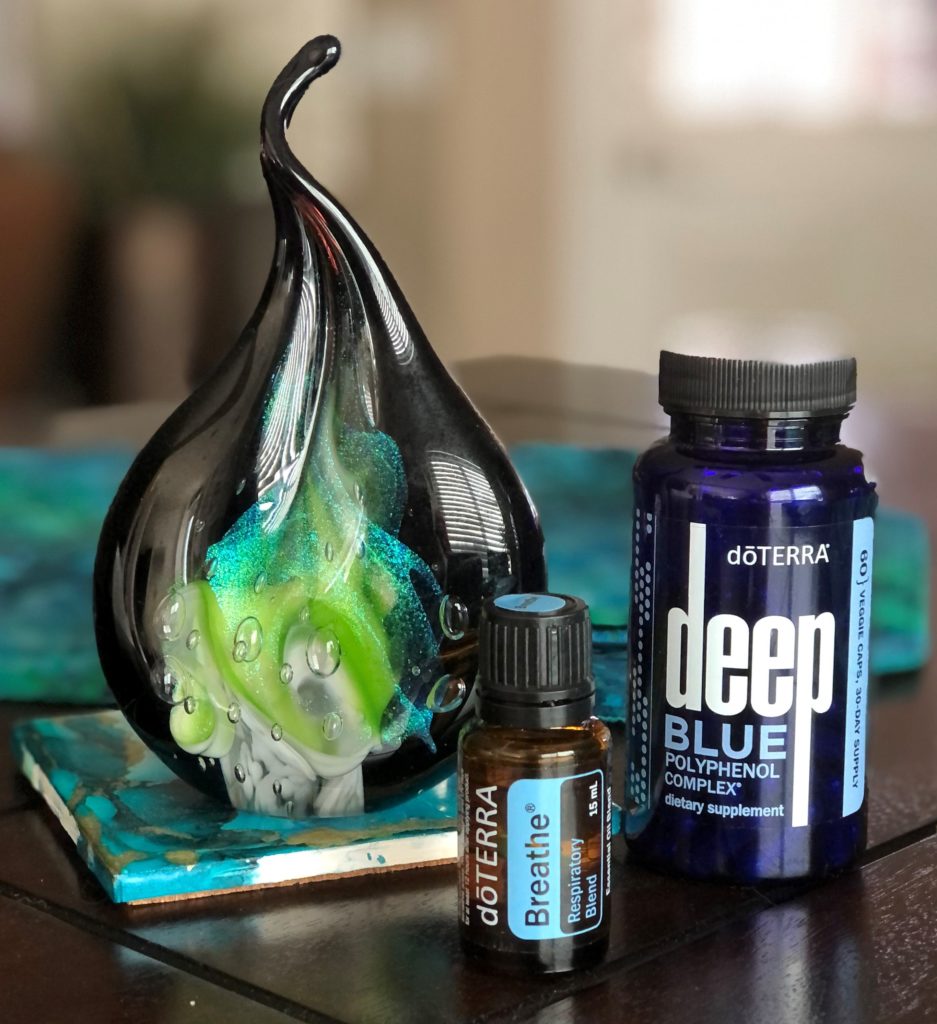“Mask with the Molecule of the Year (1992)”, you say? What the heck was the Molecule of the Year (1992)? To elucidate, it was Nitric Oxide. This molecule went on to earn the three men who discovered it the Nobel Peace Prize six years later. Fortunately, Nitric Oxide (NO) turned out to be one of the most important molecules produced in the human body. It is responsible for a wide array of cellular and bodily functions. These functions include healthy blood flow to the brain, the muscles, and the Nether Regions. Yes, I said it. The Nether Regions. It also contributes to cellular communication, immune function, energy production and pain modulation. When Nitric Oxid production fails, people begin to note abnormal cellular function and the onset of “age related” illness. Fortunately, if one “masks” correctly, they can improve the production of NO and boost the health of virtually every body system.
Nitric Oxide Production in the Human Body
Nitric Oxide production happens via one of two different physiologic pathways. The first involves Nitric Oxide Synthase and a very complicated chemical reaction that happens in our endothelial cells. The second is a food-driven pathway that uses bacteria to turn nitrates into Nitric oxide. Each production line makes 50% of the body’s total nitric oxide content. In this article, we will focus on the production of NO from the paranasal sinuses as we breathe, the endothelial cells in the blood vessels as we move, and by the bacteria in the digestive tract as we eat.
Breath and The Molecule of the Year (1992)
Many practices such as yoga, breath work, and prayer are known to facilitate improved sates of health and mental stability. Now, science supports the efficacy of these nasal breathing practices. For example, a study by Lundberg (1994) showed that a tracheostomy patient demonstrates the lowest single breath volumes of NO from the tracheostomy, intermediate volumes from the open mouth, and highest volumes from the nares. In an additional study, NO measures taken directly from the ostia in the paranasal sinuses. The sample found NO levels at 25ppm. What’s more amazing is that every sequential exhalation from that sinus produced the same level of NO! Now, it’s clear that NO production occurs in the paranasal sinuses. Consequently, it is also evident that maintaining clear airways and proper breathing technique is critical to NO production and maintenance of optimal health.
Breath Tips to Remember:
- Nasal Diaphragmatic Breathing– Remember to breathe IN and OUT through a closed mouth. Try to maintain this practice even when sleeping and exercising! Note that there are exceptions. Mouth breathing is necessary when talking, singing, or swimming. Contact me for more information on breathing techniques and breathing practices to reach your health goals! www.kuhntstichealth.com
- Humming– One “hum” can express as much NO from the paranasal sinuses as silent breathing can do in 5-30 minutes.
- Nasal/sinus patency–
- Diffuse doTERRA Breathe. This blend contains essential oils such as laurel leaf, Peppermint, Melaleuca, Lemon, and Cardamom. these oils have long been studied for their abilities to open and soothe tissues of the respiratory system while combating airborne pollutants. http://www.mydoterra.com/denisekuhn
- Steam tent with MOP-L. Heat water just short of boiling. Add one to two drops each of Melaleuca, Oregano, Peppermint, and Lemon. Tent your face carefully over the cup and breathe gently for 5 minutes to release clogged sinuses.

Movement and Nitric Oxide
Most of us already know that exercise is good for us. However, we may not know what type is good for us, or why. At a foundational level, exercise improves blood flow. Under the proper conditions, this improved blood flow boosts the stimulation of NO in our bodies. This NO boost leads to improved brain function, cardiovascular function, Immune function, sexual function, pain modulation, energy production and disease management.
Optimal movement levels for Production of the Molecule of the Year
Optimal movement for NO production involves moderate intensity exercise (50% VO2 max) performed for 30 minutes 5-7 times per week. Low intensity exercise does not work. On the other hand, high intensity exercise works, but is accompanied by oxidative stress and cellular inflammation. For many, thirty minutes of exercise 5 days per week is a difficult goal to achieve. Fortunately, there are some “biohacks” that insure optimal NO levels and optimal physical health. As with any exercise program, check with your physician before initiating anything new.
Exercise Tips to Remember:
- Blood flow resistance training with B-3 Bands– Blood flow resistance training (BFR) has been around for decades. Additionally, it is scientifically proven to be safe and effective for a variety of health goals and health conditions. These conditions range from brain health to muscular activation. BFR decreases the time, the intensity, and the effort needed to stimulate NO production. Workouts are completed in as little as 4 minutes, with all the benefits of traditional exercise modalities.http://ltl.is/qwxhp7g
- Nitric Oxide Dump-This technique, developed by Dr Zach Bush, is a high intensity, short duration activity. It uses alternating sets of rapid arm and leg movements lasting 3-4 minutes at a time. It is performed 3 times a day with a 2-hour break between sessions. https://www.youtube.com/watch?v=PwJCJToQmps
- Bhastrika Breath– Bhastrika, also known as the “Breath of Fire”. It is a nasal breathing technique that increases circulation, metabolism and energy. It may also be beneficial to the production of NO when other techniques are not practical. This technique can be used as a pre-workout warm up to “prime” the paranasal sinuses and the endothelial cells for optimal NO production and transport.

Food and The Molecule of the Year (1992)
Eating foods that contain high levels of Nitrate is very important the body’s ability to produce The Molecule of the Year (1992). No, it is not okay to run out and purchase large quantities of hot dogs, bacon, or processed meats. These are not the “nitrates” you are looking for (picture Obi-Wan)! The nitrates we are looking for are found in the foods that “mamma said” to eat! The list of nitrate containing plants include beets, leafy greens, spinach, spirulina, cabbage, garlic, onions, celery, and cress.
Food Tips to Remember:
- Dark Chocolate– This tasty treat contains flavonoids necessary for optimal NO production. Be sure it’s 70-80% cacao. Eat up to 30 mg/day
- Citrus Fruits-Vitamin C is critical to the production of endogenous NO production.
- Watermelon– Studies show that 300mg watermelon juice per day assists with the amino acid L-citrulline that is critical for NO production pathways.
- Pomegranate-Antioxidant content is beneficial for optimizing health and NO synthesis.

In recent years, the food grown in factory farms is less nutritious that it has been in years past. As a result, supplementation to support the production of NO is recommended. Supplements and antioxidants help increase the stability of NO while slowing its breakdown in the blood stream. Helpful supplements include:
- Vitamin C-improves cellular communication
- Vitamin E- decreases cellular damage from free radicles
- Glutathione- detoxifies every cell in the body
- Polyphenols-an antioxidant that decreases risk of cancer and cardiovascular disease
In Conclusion-Molecule of the Year (1992)
In conclusion, the Nobel winning Molecule of the year (1992) is very important to the optimal health of many body systems. To Mask with the Molecule of the Year, we must employ nasal breathing, appropriate movement, and healthy dietary choices. As we implement these optimal health practices, the gap between “health span” and “life span” will be minimized. Please contact me at denise@kuhntastichealth.com with any questions regarding this article, products I use, or the coaching techniques I practice. Eleven Solutions to Ease Pain Naturally


